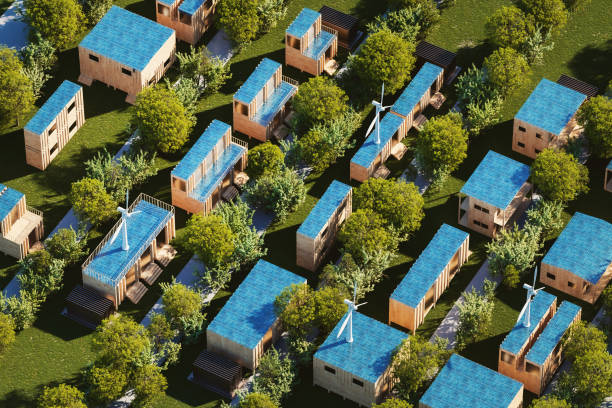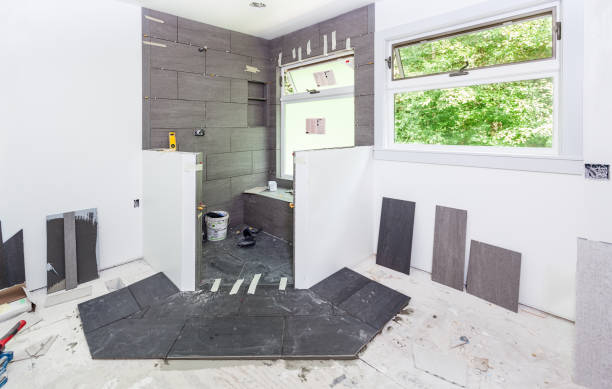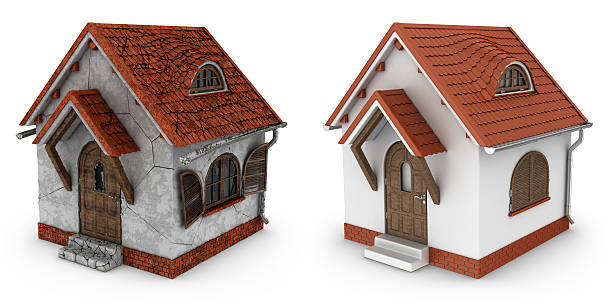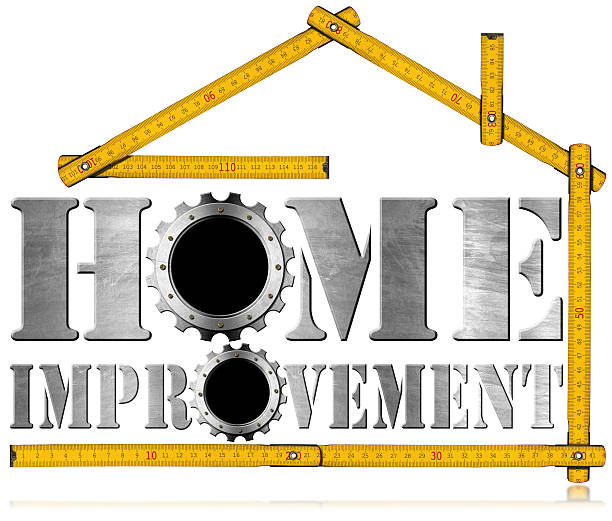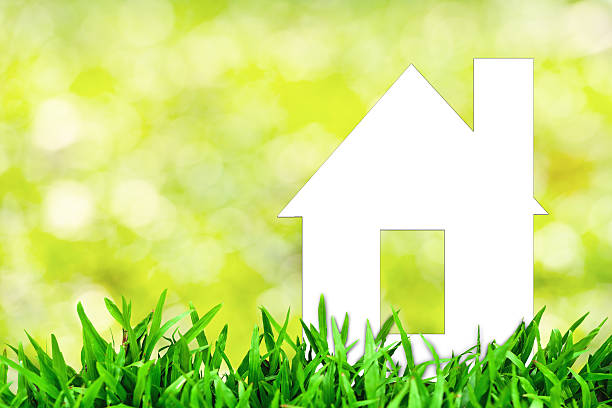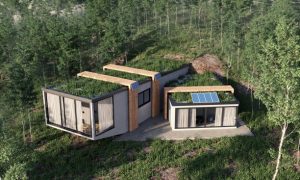 In today’s world, the importance of energy efficiency and sustainability in our homes cannot be overstated. Not only do energy-efficient home upgrades help us save money on utility bills, but they also play a crucial role in reducing our environmental footprint.
In today’s world, the importance of energy efficiency and sustainability in our homes cannot be overstated. Not only do energy-efficient home upgrades help us save money on utility bills, but they also play a crucial role in reducing our environmental footprint.
From simple changes to major renovations, there are numerous ways to make our homes more energy-efficient and environmentally friendly. Let’s explore how these upgrades can benefit both your wallet and the planet.
Insulation and Weatherization:
Proper insulation and weatherization are key components of an energy-efficient home. Adding insulation to walls, floors, and attics helps maintain a consistent indoor temperature, reducing the need for heating and cooling. Sealing gaps and cracks around windows, doors, and ducts prevents air leaks and improves energy efficiency.
Energy-Efficient Appliances:
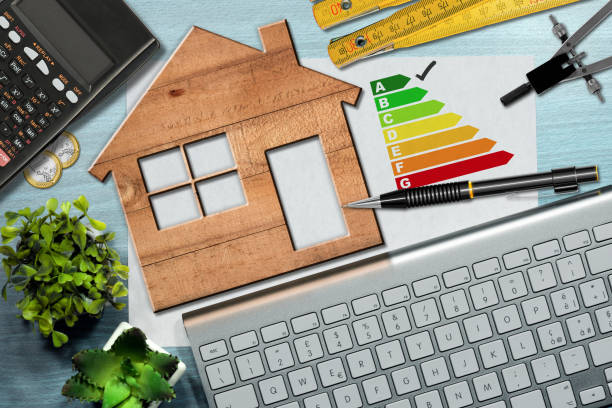
Upgrading to energy-efficient appliances is one of the most effective ways to reduce energy consumption in your home. Look for appliances with the ENERGY STAR label, which indicates they meet strict energy efficiency criteria set by the U.S. Environmental Protection Agency. From refrigerators and dishwashers to washing machines and water heaters, energy-efficient appliances can significantly lower your energy bills while minimizing environmental impact.
LED Lighting:
Replace traditional incandescent light bulbs with energy-efficient LED bulbs throughout your home. LED bulbs consume less energy and last longer than traditional bulbs, resulting in lower electricity bills and reduced waste. Additionally, LED bulbs produce less heat, making them safer and more comfortable to use.
Smart Thermostats:
Install a smart thermostat to optimize your home’s heating and cooling system for maximum efficiency. Smart thermostats learn your temperature preferences and adjust settings automatically to minimize energy usage when you’re away or asleep. By reducing energy waste, smart thermostats can help lower your heating and cooling costs without sacrificing comfort.
Renewable Energy Sources:
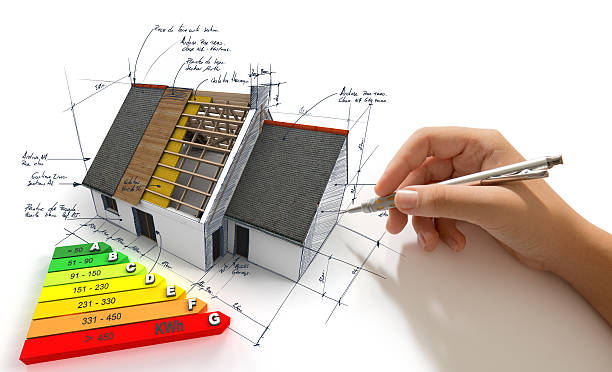
Consider incorporating renewable energy sources such as solar panels or wind turbines into your home’s energy system. Solar panels harness the power of the sun to generate electricity, while wind turbines convert wind energy into usable power. By generating clean, renewable energy onsite, you can reduce reliance on fossil fuels and decrease your carbon footprint.
Water Conservation:
Implement water-saving measures to reduce water consumption in your home. Install low-flow faucets and showerheads, fix leaky pipes and fixtures, and consider upgrading to water-efficient toilets. These simple changes not only conserve water but also lower water bills and support environmental conservation efforts.
 Energy-efficient home upgrades offer numerous benefits, including cost savings, increased comfort, and reduced environmental impact. Whether you’re making small changes or undertaking major renovations, every step toward energy efficiency helps protect the planet and save money in the long run. Start exploring energy-efficient home upgrades today and make a positive difference for your wallet and the environment.
Energy-efficient home upgrades offer numerous benefits, including cost savings, increased comfort, and reduced environmental impact. Whether you’re making small changes or undertaking major renovations, every step toward energy efficiency helps protect the planet and save money in the long run. Start exploring energy-efficient home upgrades today and make a positive difference for your wallet and the environment.




